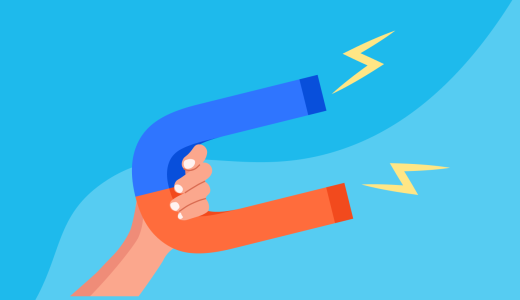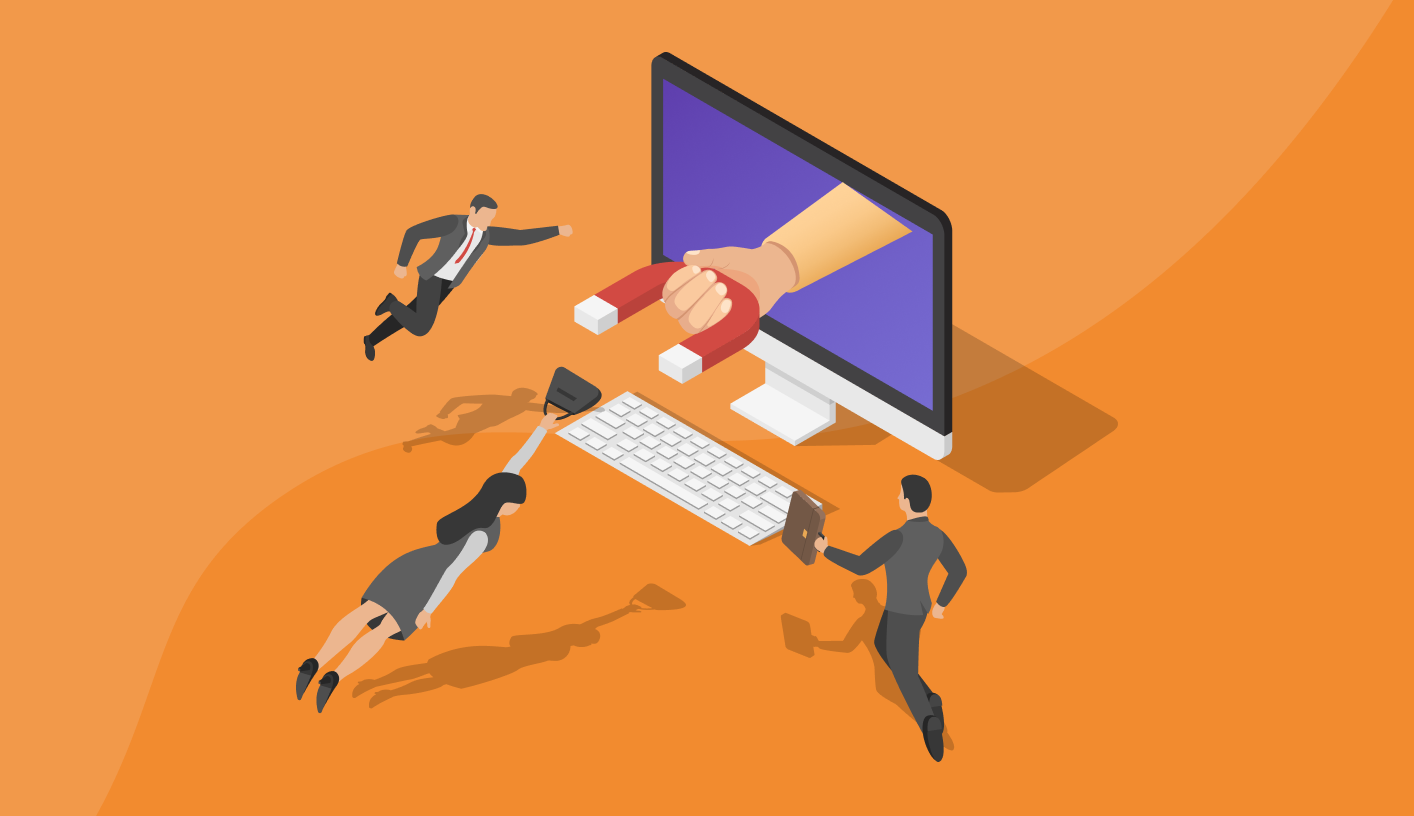3 Strategies to Improve Customer Stickiness

Customer stickiness is the proclivity of customers to become repeat buyers or use your product frequently.
Sticky customers come back to your business time and time again.
The best customers are sticky. Customer stickiness increases lifetime value, reduces customer acquisition costs on average and grows revenue.
What leads to customer stickiness?
Customer stickiness requires at a minimum that you deliver a great product with excellent service.
But products with the greatest stickiness strive to always exceed customer expectations and create powerful emotional experiences that build loyalty.
In this post we’ll cover three techniques you can use to build exceptional customer stickiness:
Use surprise to exceed expectations
It’s a truism that businesses should “under promise and over deliver.”
The reason this is so important: customers hold your business to the expectations you create, and are dissatisfied when you fail to satisfy those expectations.
An illustrative study showed that banks that replied to customer inquiries within their promised window were rated higher than banks who failed to do so, even when the first group of banks was slower to reply in absolute terms.
Tom Peters summarizes: “Customers unfailingly prefer slightly less aggressive promises – that are honored.”
The strategy of under-promising not only protects you from negative consequences. When you exceed expectations in surprising ways, it creates exceptional customer satisfaction.

In The Personal MBA, Josh Kaufman writes, “Do whatever you can to provide something that unexpectedly delights your customers.”
Kaufman offers the example of the online retailer Zappos. The company’s reputation for exceptional customer service was built on free, no-questions-asked returns, but also on an “unexpected benefit” the company never mentioned:
When you order from Zappos, it’s very likely that you’ll receive a pleasant surprise: your shoes will arrive the next day, several days ahead of schedule. Zappos could easily advertise “free expedited shipping,” but they don’t–the surprise is far more valuable.
The “you are so awesome” email
Email is one of the most effective ways to keep customers coming back to your product. It’s the reason Facebook emails you whenever your aunt’s cousin’s best friend “likes” a post from her favorite brand of soap.
While this strategy is most frequently used by social apps, it doesn’t mean B2B products are out in the cold.
Business-oriented or infrequently accessed products should send a weekly or monthly email that reinforces the value each customer is getting from your service.
Focus on concrete details. For an educational product, it could be the number of lessons completed. Customers will feel good about what they’ve accomplished via your service.
Any sort of communication telling your customers how well they’re doing is likely to go over well. Patrick McKenzie [Kalzumeus Software] calls this the “you are so awesome” email.
— Gabriel Weinberg and Justin Mares, Traction
A great example is the “weekly rundown” email from robo-advisor Betterment:

This email delivers happiness in terms of dividends earned and also reminds customers that Betterment is working behind the scenes every day with automatic rebalancing.
When you fail, own it and make it right
No business is perfect. You will fail to meet expectations from time to time. How you act in these cases can really set you apart.
While you may be tempted to downplay your minor failures, know that bad experiences can turn away customers.
Feelings of poor treatment cause 68% of customer churn (source: TARP), and as little as 4% of customers will bring their complaint to you (source: Lee Resource).
Don’t wait for complaints to come in. Be proactive.
For example, when a delivery from Domino’s Pizza arrives late, they don’t wait for you to call and complain. Instead, you’ll receive an email with the subject: “That delivery was not what we hoped it would be. Included is an offer to make it up to you.”

Customers are not used to companies taking responsibility proactively. When you do, you set yourself apart and build customer stickiness.
Conclusion
In a competitive landscape where uncritical brand loyalty is a thing of the past and consumers are always on the lookout for better value, customer stickiness is a competitive advantage.
As you work to improve retention, find ways to incorporate these three customer stickiness strategies into your business.


